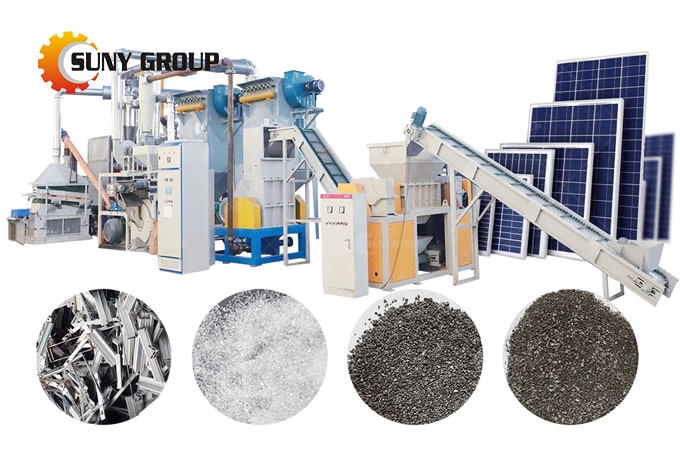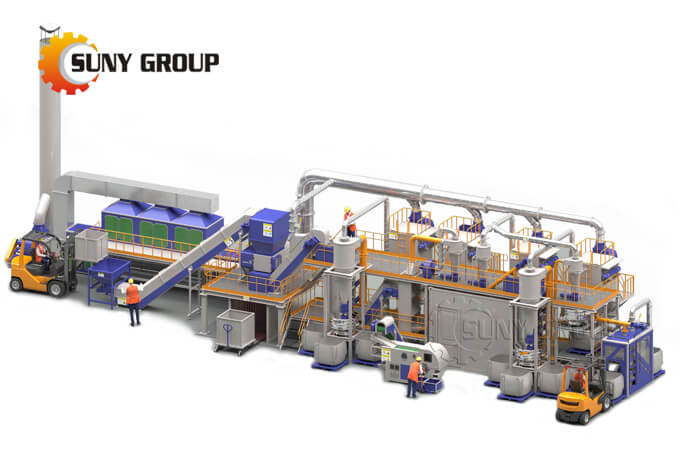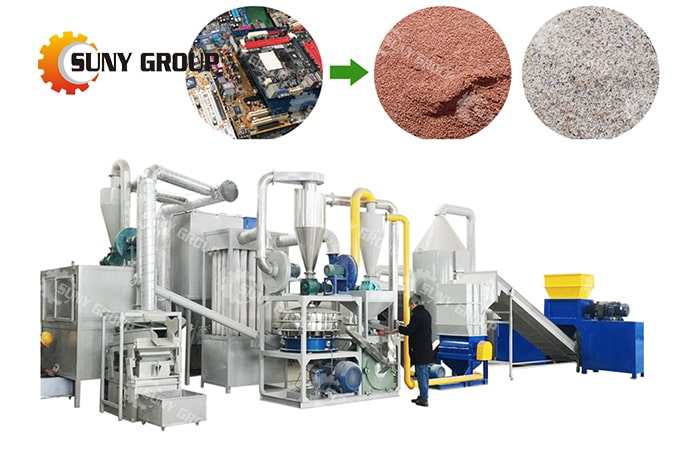(1) Landfill method
If waste PCBs are directly landfilled, valuable metals cannot be recycled, and harmful metals may leach out and cause pollution to the environment. If the landfill method is adopted, it is recommended to adopt a safe landfill method (a safe landfill is specially designed and the waste PCB is solidified before landfill), but the landfill cost will increase significantly.
(2) Incineration method
The treatment process of the incineration method is generally to pulverize the waste board and side material to 1 ~ 5cm, and then send it to the incinerator for incineration to obtain a solid slag containing metal components and non-metallic incineration ash. The secondary treatment of the slag can be more effective. Metal resources that can be easily recovered. However, waste PCB contains a relatively large amount of bromine and a small amount of chlorine, and incineration will cause air pollution, especially dioxin pollution.
(3) Thermal cracking method
The thermal cracking method is to pulverize waste boards and side materials and place them in a closed container. Under a certain temperature and pressure, part of the non-metallic materials are converted into oil and gas, and the metal peeled off can be recovered. Because recycled oil still contains bromine and a small amount of metal, if recycled oil is used as fuel, it will still cause air pollution.
(4) Mechanical crushing-physical separation method
Mechanical crushing-physical separation method is divided into dry method and wet method. Dry method: Firstly, the waste board scrap is crushed into 100-300μm particles, and then the metal and non-metal are separated by cyclone separation. Metals can be used directly, and non-metals are currently disposed of by landfill or temporary storage. However, the volume of non-metallic materials produced by this method is several times larger than that of the original waste. If it cannot be used as a resource, its landfill and stacking will require a large area of land, and the loss will cause environmental pollution. Wet method: use wet crushing to crush the waste board edge material to less than 3mm, and then separate the metal and non-metal by washing the shaker. This method does not produce dust pollution during the pulverization process, and has less investment than the dry method, but the obtained non-metallic components contain water, and subsequent treatment is required for landfill or reuse.
(5) Wet chemical recovery of metals
This method mainly recycles precious metals in scrap plates and scraps, treats scrap plates and scraps containing noble metals with strong acid to obtain dissolved substances containing noble metals and non-precious metals, and then chemically reduces them to gold, silver, palladium, etc. For metal products, waste acid containing high concentrations of copper ions can be recycled copper sulfate or electrolytic copper. However, the processing cost of this method is relatively high, and the non-metallic waste produced cannot be reused and must be safely landfilled.
Suny Group : http://www.sunyrecycle.com/,All rights reserved。









